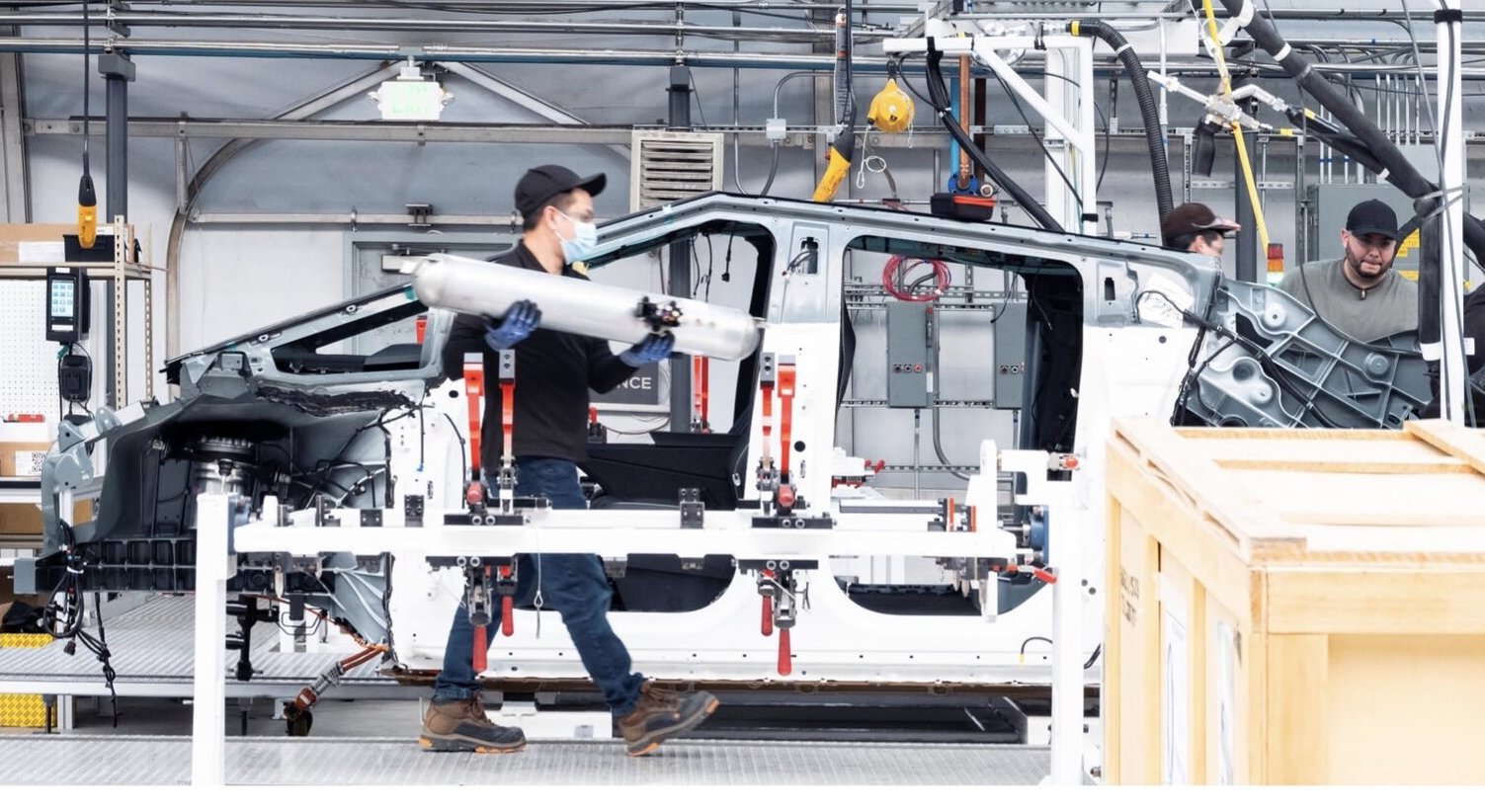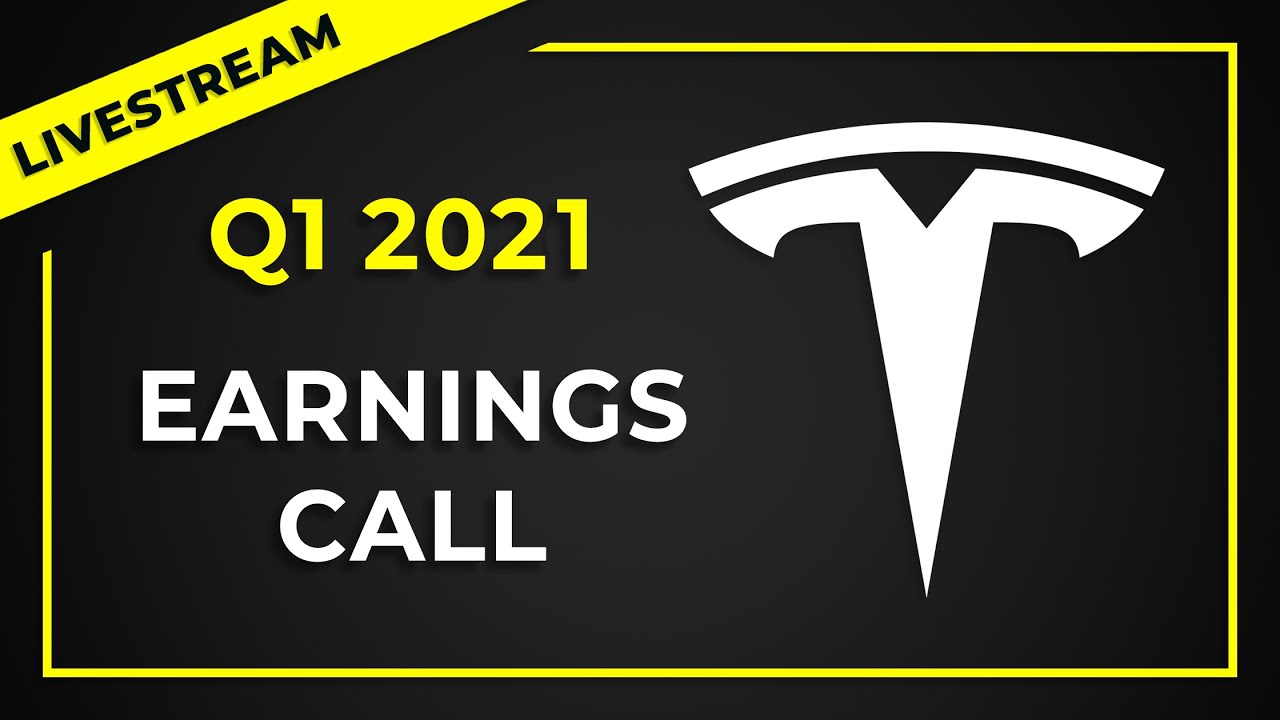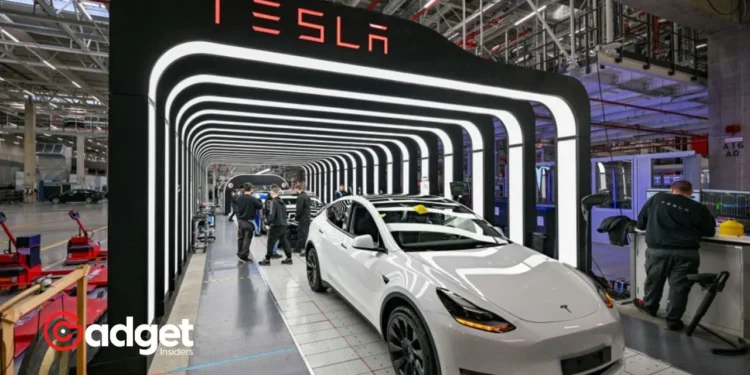Tesla (TSLA) has been navigating a particularly stormy phase, with its shares fluctuating amidst one of the most significant downtrends since the company went public in 2010. As the first quarter of 2024 approaches, the electric vehicle (EV) giant finds itself at a critical juncture, grappling with dwindling EV demand, shrinking profit margins, and the ripple effects of CEO Elon Musk’s multifaceted pursuits.
These factors, coupled with external pressures such as supply chain disruptions due to military actions in the Red Sea and a suspected arson at a crucial German manufacturing facility, have led to a disappointing delivery report for the opening quarter.

A Closer Look at Tesla’s Q1 Deliveries
In the three months ending in March, Tesla’s delivery figures fell short of expectations, marking a 20% decrease from the previous quarter and an 8.5% drop from the same period last year.
The company handed over just under 387,000 new cars to customers, missing Wall Street’s forecast of 455,000 vehicles by a significant margin. This shortfall represents the largest miss against estimates since analysts began tracking the data in the mid-2010s.
RBC Capital on Tesla: “We value autonomy above the car business and think that the FSD free trial could potentially be more important for the Tesla investment thesis longer term than Q1’s delivery miss.”
$290 price target. https://t.co/cWzgZ84RY6
— Sawyer Merritt (@SawyerMerritt) April 3, 2024
The Profit Margin Squeeze
Profit margins, a vital indicator of Tesla’s financial health closely monitored by Wall Street, have seen a decline. In the last quarter of the previous year, margins fell to 17.6%, down from 23.8% in the corresponding period the year before.
This reduction in profitability is partly attributed to less-than-expected sales figures from China, which saw its lowest monthly volumes in over a year, adding to the challenges of meeting aggressive full-year delivery goals.
Analyst Insights: A Bearish Outlook with a Silver Lining
Morgan Stanley analyst Adam Jonas has voiced concerns over Tesla’s recent performance, viewing it as indicative of a broader shakeout in the EV market. Jonas has revised his 2024 delivery forecast for the EV manufacturer downwards by about 250,000 units to 1.75 million, anticipating a 3.3% decline from 2023 levels.
Despite these adjustments and lowering the brand’s price target from $330 to $310, Jonas maintains a buy rating, suggesting a long-term positive outlook amidst short-term hurdles.
Jonas emphasizes the importance of not overlooking Tesla’s broader ventures beyond its primary car manufacturing business. He highlights the potential value of Tesla’s full self-driving technology, its battery, energy, and insurance divisions, as well as the DoJo supercomputer’s role in enhancing Tesla’s market value through advancements in mobility and network services.

Tesla’s Future: Challenges and Opportunities
As Tesla prepares to unveil its first-quarter earnings, the focus will be on its ability to navigate current challenges and leverage its diverse portfolio for future growth.
Despite facing the toughest competition in the AI talent market, as Elon Musk describes, the company continues to invest heavily in innovation, underlining its commitment to maintaining a leading edge in the EV industry.
Analysts are projecting a dip in earnings for the quarter, expecting a third reduction from the previous year’s figures. However, the anticipation surrounding Tesla’s diverse projects and the potential for market recovery in the latter half of the year paints a picture of resilience and adaptability.
In a market where betting against the brand has become a lucrative venture for short sellers, the coming months will be pivotal.
Tesla’s ability to address its immediate challenges, from supply chain issues to market demand fluctuations, while advancing its technological and strategic initiatives, will be crucial in determining its trajectory in the highly competitive EV landscape.










